We put the Oppo Find X5 through our rigorous DXOMARK Audio test suite to measure its performance both at recording sound using its built-in microphones, and at playing audio back through its speakers.
In this review, we will break down how it fared in a variety of tests and several common use cases.
Overview
The Oppo Find X5 provides an average audio performance for an ultra-premium device. Its strengths in playback were in listening to music and watching movies, helped by the default activation of Dolby SFX, which brings clarity and brightness to sounds in all use cases. As a recording device, the Oppo did better in memo and meeting room recordings, but when used in conjunction with the camera to record selfies or life videos, the audio scored a little lower.
Key audio specifications include:
- Stereo speakers, top front-firing, bottom side-firing
- Hi-Res audio
- Dolby Atmos
- 3D audio recording
Scoring
Sub-scores and attributes included in the calculations of the global score.
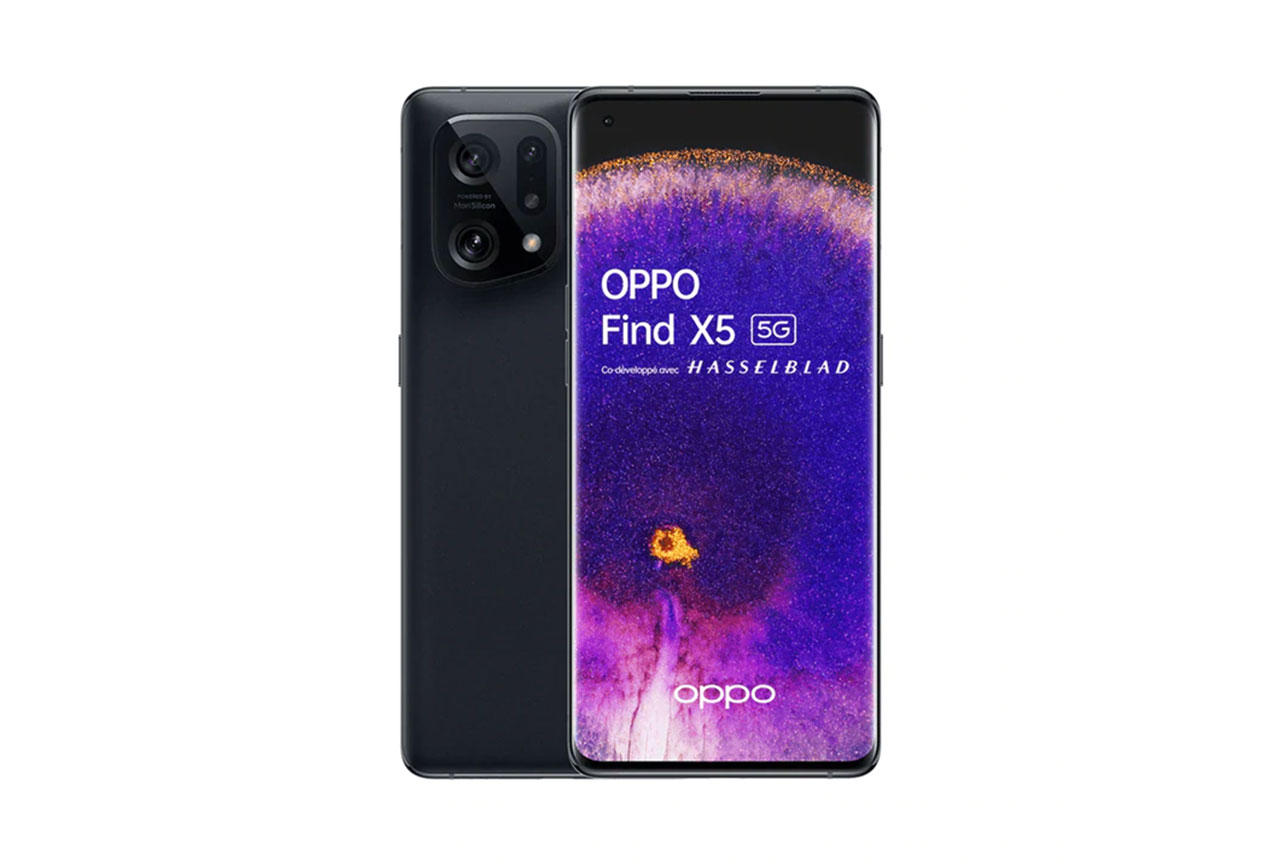
Oppo Find X5


 158th
158th 84th
84thPlayback
Recording
Pros
- Mostly clean from artifacts
- Good SNR in all use cases
Cons
- Dark, even muffled tonal balance in most use cases
- Dynamics lack sharpness and precision
- Narrow stereo image, especially in selfie video
Test summary
About DXOMARK Audio tests: For scoring and analysis in our smartphone audio reviews, DXOMARK engineers perform a variety of objective tests and undertake more than 20 hours of perceptual evaluation under controlled lab conditions.
(For more details about our Playback protocol, click here; for more details about our Recording protocol, click here.)
The following section gathers key elements of our exhaustive tests and analyses performed in DXOMARK laboratories. Detailed performance evaluations under the form of reports are available upon request. Do not hesitate to contact us.
Playback
Oppo Find X5
163
DXOMARK engineers test playback through the smartphone speakers, whose performance is evaluated in our labs and in real-life conditions, using default apps and settings.
The playback performance on the Oppo Find X5 was average in timbre, dynamics, spatial and artifacts. The lack of bass and treble brought out all the imperfections of the midrange and resulted in an overall poor timbre performance. Dynamics was also hampered by the lack of bass. Not only was the low-end lackluster, but it was also quite blurry, affecting bass precision performance. In addition, punch was pretty weak. Spatial performance to be decent, with a perfectly centered stereo sound that provided average wideness in a landscape orientation and good localizability of individual sounds. Unfortunately, the stereo sound does not rotate when the phone is held upside down in landscape orientation. The attribute with the highest score was artifacts, mainly because there were so few of them in playback in most use cases, except in gaming, where speakers were easily occluded.
Listen to the tested smartphone’s playback performance in this comparison with some of its competitors:

Timbre
Oppo Find X5
158
The Timbre score represents how well a phone reproduces sound across the audible tonal range and takes into account bass, midrange, treble, tonal balance, and volume dependency. It is the most important attribute for playback.

Dynamics
Oppo Find X5
149
The Dynamics score measures the accuracy of changes in the energy level of sound sources, for example how precisely a bass note is reproduced or the impact sound from drums.
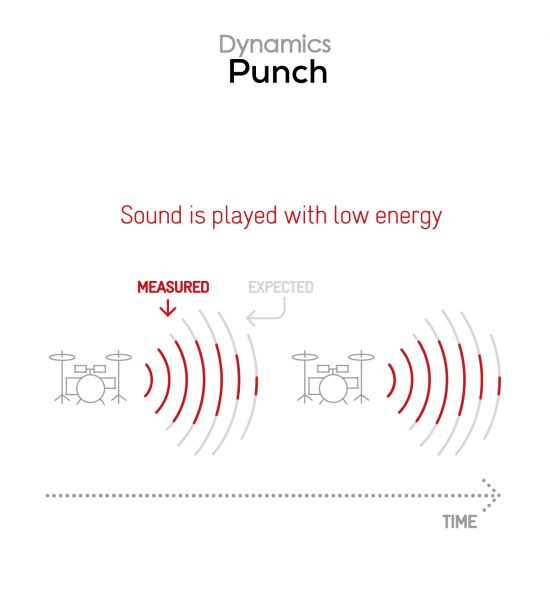
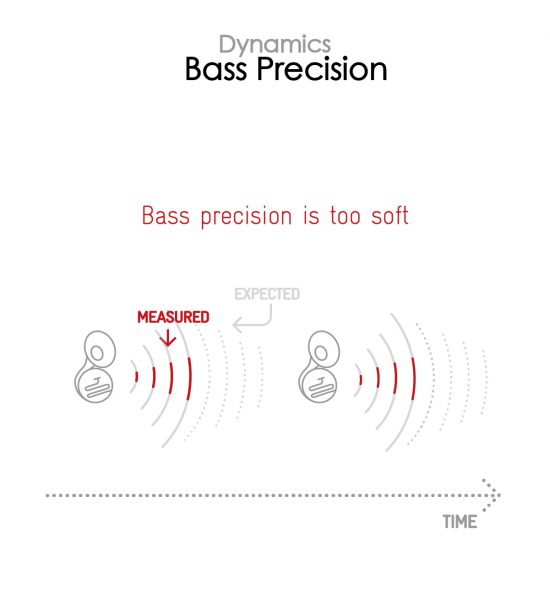

Spatial
Oppo Find X5
162
The sub-attributes for spatial tests include pinpointing a specific sound's location, its positional balance, distance, and wideness.
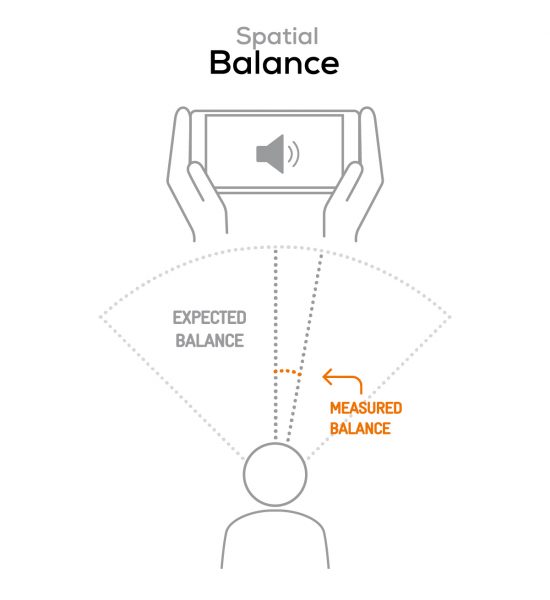
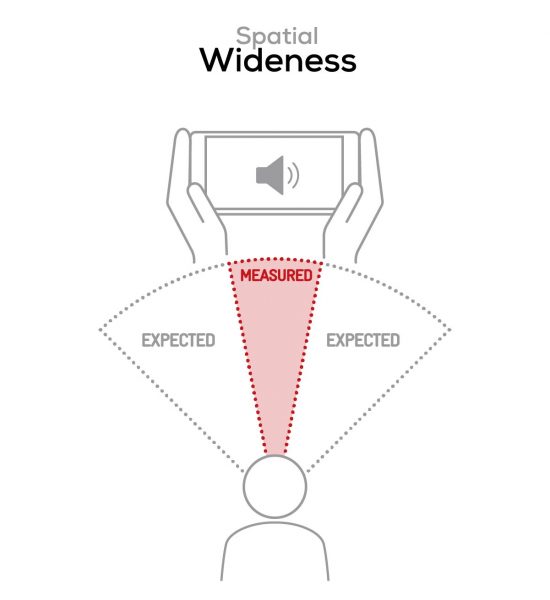

Volume
Oppo Find X5
162
| Hip-Hop | Classical | |
| Oppo Find X5 | 75.5 dBA | 71.3 dBA |
| Sony Xperia 1 III | 74.2 dBA | 67.9 dBA |
| Vivo X70 Pro+ | 72.4 dBA | 73.8 dBA |

Artifacts
Oppo Find X5
157
The Artifacts score measures the extent to which the sound is affected by various types of distortion. The higher the score, the less the disturbances in the sound are noticeable. Distortion can occur because of sound processing in the device and because of the quality of the speakers.
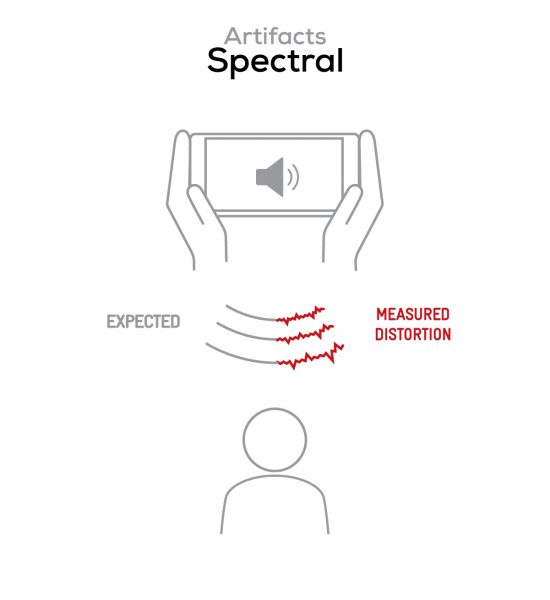
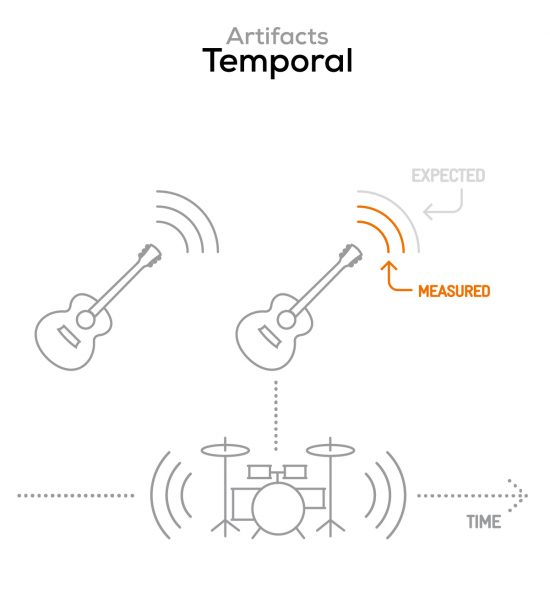
Recording
Oppo Find X5
160
DXOMARK engineers test recording by evaluating the recorded files on reference audio equipment. Those recordings are done in our labs and in real-life conditions, using default apps and settings.
The Oppo Find X5’s recording performance was better than Playback. Artifacts outperformed the other attributes in Recording because sounds were clear and free of artifacts even at loud volume. The lack of clarity in tonal balance affected the device’s spatial performances. Despite a decent amount of bass, low-end extension was lackluster, even more so in the electronic concert use case. The selfie and memo recordings showed better timbre performances, with clearer tonal balance and more pronounced high midrange. The stereo scene was particularly narrow in selfie videos. Envelope rendition was deemed inaccurate, but all use cases showed a good signal-to-noise ratio. The lack of clarity in tonal balance and unnatural sound affected background audio, even in the absence of artifacts.
Here is how the Oppo Find X5 performs in recording use cases compared to its competitors:

Timbre
Oppo Find X5
147
The Timbre score represents how well a phone captures sounds across the audible tonal range and takes into account bass, midrange, treble, and tonal balance. It is the most important attribute for recording.

Dynamics
Oppo Find X5
146
The Dynamics score measures the accuracy of changes in the energy level of sound sources, for example how precisely a voice's plosives (the p's, t's and k's, for example) are reproduced. The score also considers the Sound-to-Noise Ratio (SNR), for example how loud the main voice is compared to the background noise.
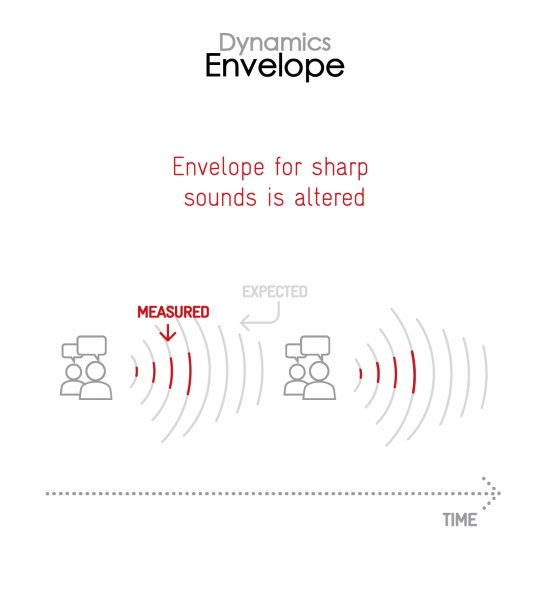
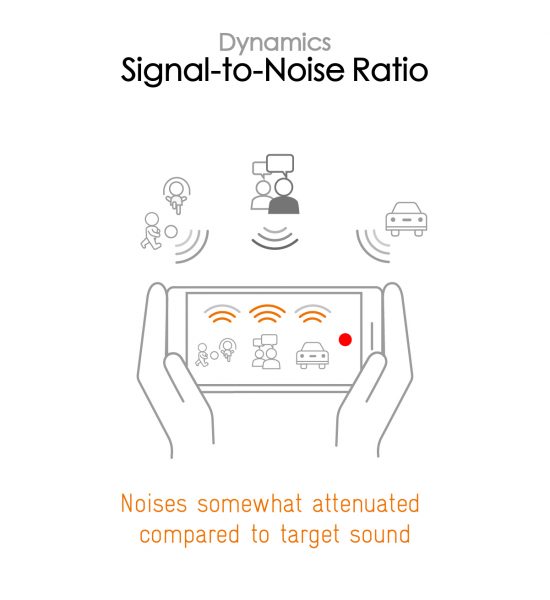

Spatial
Oppo Find X5
159
The sub-attributes for spatial tests include pinpointing a specific sound's location, its positional balance, distance, and wideness on the recorded audio files.
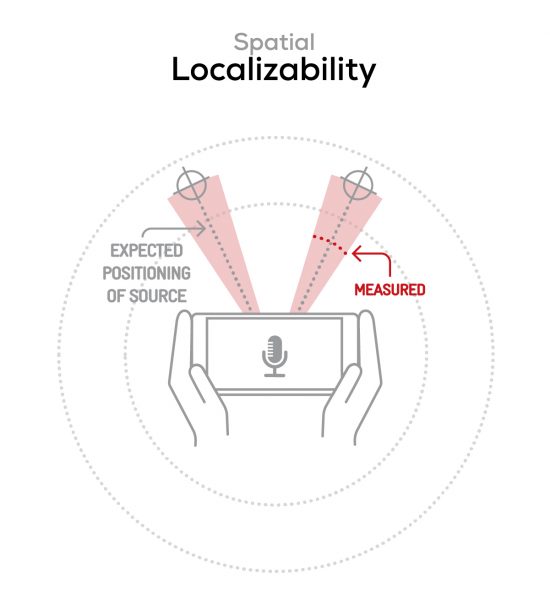
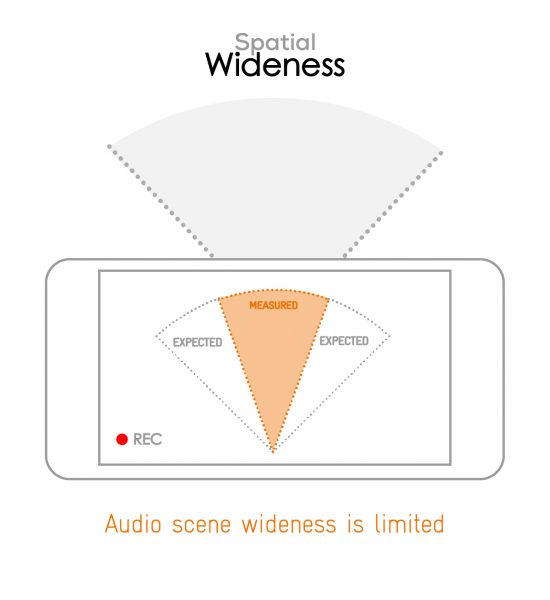

Volume
Oppo Find X5
170
The Volume score represents how loud audio is normalized on the recorded files and the how the device handles loud environments, such as electronic concerts, when recording.
| Meeting | Life Video | Selfie Video | Memo | |
| Oppo Find X5 | -23.4 LUFS | -20 LUFS | -18.1 LUFS | -18.4 LUFS |
| Sony Xperia 1 III | -30.5 LUFS | -22.4 LUFS | -20.2 LUFS | -21.3 LUFS |
| Vivo X70 Pro+ | -23.1 LUFS | -18 LUFS | -16.7 LUFS | -18.6 LUFS |

Artifacts
Oppo Find X5
145
The Artifacts score measures the extent to which the recorded sounds are affected by various types of distortions. The higher the score, the less the disturbances in the sound are noticeable. Distortions can occur because of sound processing in the device and the quality of the microphones, as well as user handling, such as how the phone is held.

Background
Oppo Find X5
166
Background evaluates how natural the various sounds around a voice blend into the video recording file. For example, when recording a speech at an event, the background should not interfere with the main voice, yet it should provide some context of the surroundings.
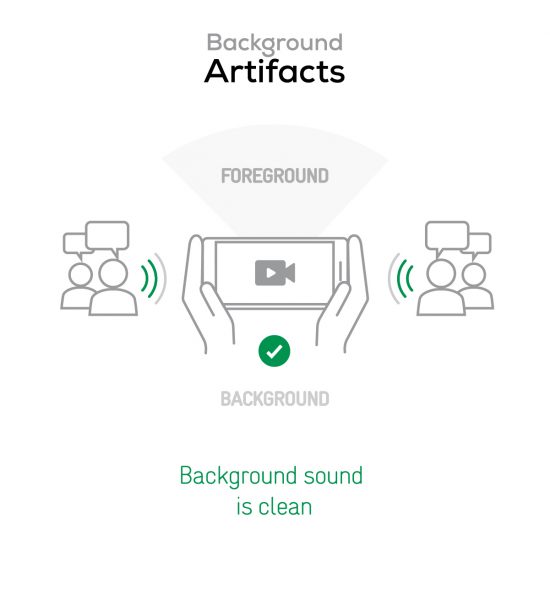
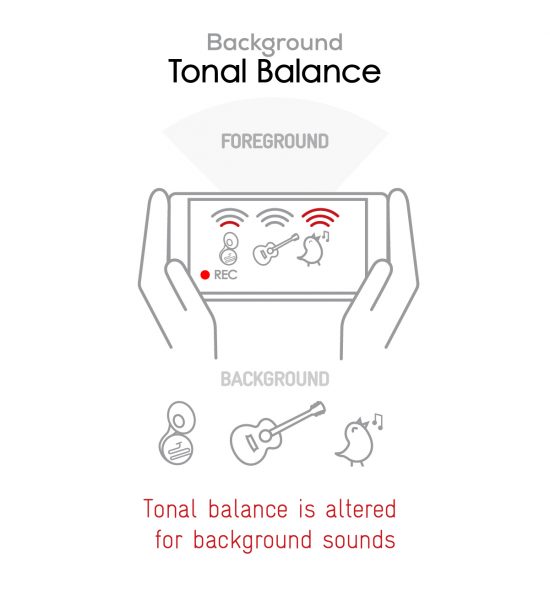


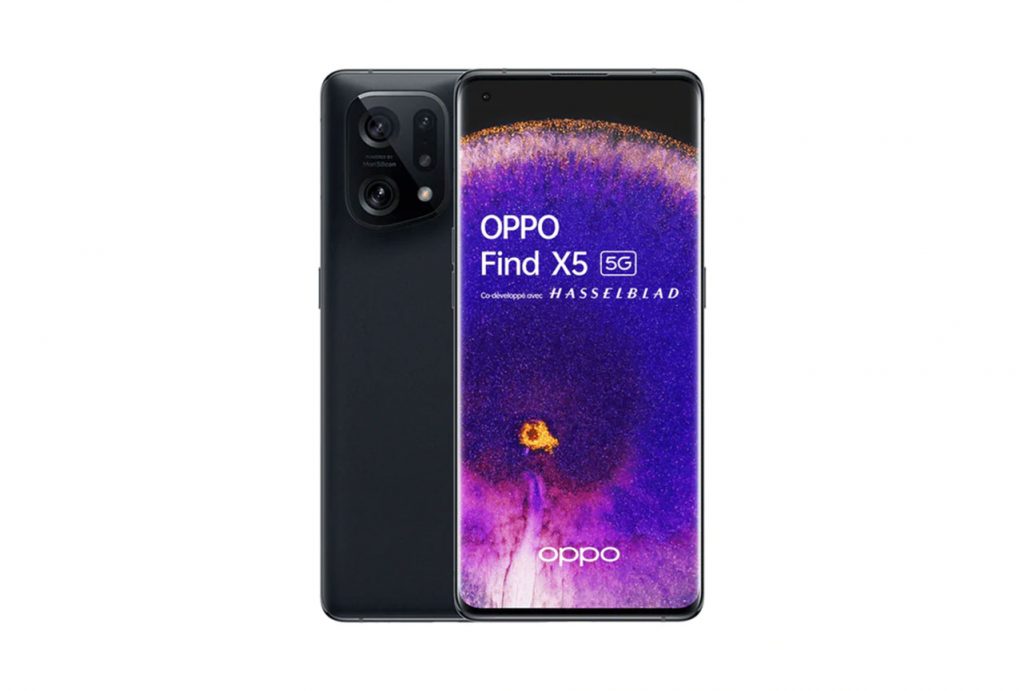
DXOMARK encourages its readers to share comments on the articles. To read or post comments, Disqus cookies are required. Change your Cookies Preferences and read more about our Comment Policy.